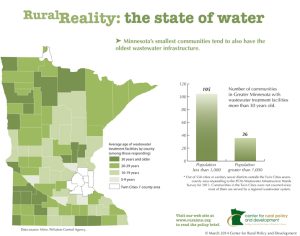
The State of Water
A discussion on the complex relationship between rural communities and


A discussion on the complex relationship between rural communities and
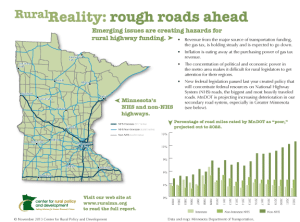
Transportation officials project that over the next two decades, the
Each year, the Center assembles the latest demographic and economic
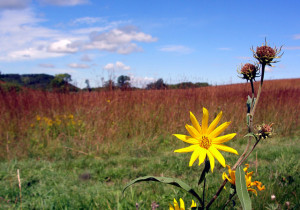
Who owns rural Minnesota? On the surface, this seems like
Rural Minnesota is losing it’s voice. That’s the conclusion of
This latest study from the Center takes a look at
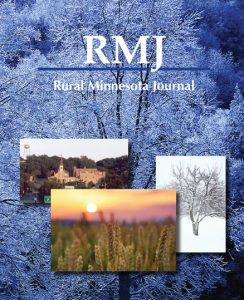
Who Lives in Rural Minnesota: A Region in Transition
ECONOMIC CONTRIBUTION OF TELECOMMUNICATION COMPANIES SERVING GREATER MN Residents of
Examining the current state of Internet access in Minnesota and
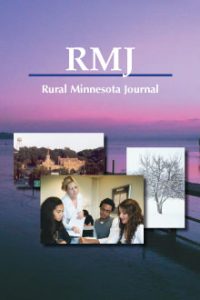
Youth in Rural Minnesota In this issue, we heard from